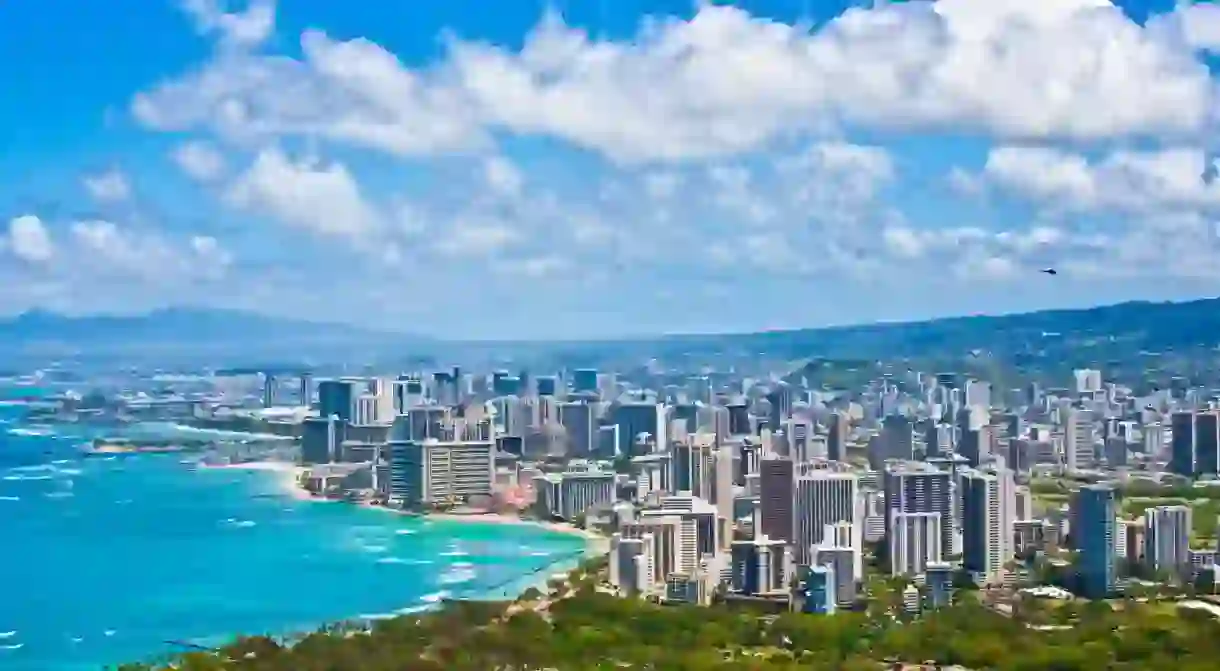The Must-Visit Museums in Hawaii

Many do not think about museums when they think about Hawaii. However, this small state-size boasts a number of diverse and noteworthy museums. From living museums to ancient Hawaiian and Islamic art, Hawaii’s museum offerings span a variety of art styles and types. We list the best museums for your itinerary when you are in Hawaii.
Did you know – Culture Trip now does bookable, small-group trips? Pick from authentic, immersive Epic Trips, compact and action-packed Mini Trips and sparkling, expansive Sailing Trips.
Bernice Pauahi Bishop Museum
Dedicated to natural history and culture, the Bernice Pauahi Bishop Museum is located in Honolulu’s historic Kalihi district. The Bishop Museum is the single largest museum in the state and houses the most Polynesian cultural artifacts in the world. With a spectacular collection of more than 13.5 million insects, the museum boasts one of the largest collections of its kind in the U.S. Young visitors will enjoy exploring the Science Adventure Center and Hawaiian navigation-inspired planetarium show.
‘Imiloa Astronomy Center of Hawai‘i

Hawaii is home to important observatories and some of the world’s most technologically advanced telescopes. The summit of Mauna Kea on the Big Island offers the clearest view of the night sky anywhere on the planet. This is mostly due to significant altitude, low humidity, and minimal light pollution. ‘Imiloa Astronomy Center of Hawai‘i is part of the University of Hawaii at Hilo, and offers visitors a look at the origins of our cosmos, Hawaiian navigation techniques, and a rotating planetarium show.
Honolulu Museum of Art

The Honolulu Museum of Art on Oʻahu is yet another museum showcasing Hawaiian culture, and offers art exhibitions, films, videos, and performing arts. The collection of artwork represents all the major cultures of Hawaii—Asian, European, and American—covering a range of over 5,000 years. The Hawaiian collection includes everything from beautiful quilts and feather capes to 20th-century Maui landscapes by Georgia O’Keeffe. On the last Friday of the month, visitors come to the museum for live music, dance performances, and creative cuisine for the special ARTafterDARK event.
ʻIolani Palace
ʻIolani Palace—the only official royal residence in the U.S.—was built in 1882 in downtown Honolulu by King Kalākaua with supposed electricity, running water, and telephones years before the White House. When the Hawaiian monarchy was overthrown in 1893, ʻIolani Palace served as the capitol building until it underwent extensive renovation and later reopened as a museum in 1978. Visitors walk through the halls viewing exhibits on military accessories, historic photos, furniture, royal works on paper, and artwork while listening to stories from the knowledgable docents.
Shangri La Museum of Islamic Art, Culture & Design
The stunning Muslim-inspired Shangri La is an early 20th-century Orientalist’s dream. Philanthropist and tobacco heiress Doris Duke built this museum of Islamic art and design in 1938 after traveling and collecting pieces from Morocco, Syria, Iran, and northern India, all available to view. You’ll see arabesque wall designs, wooden ceilings, stained-glass windows, and marble mosaics, in addition to delicately-landscaped gardens and fountains. Guided tours take visitors into areas such as the lounge room commissioned in Morocco and Duke’s bedroom inspired by the Taj Mahal.
Alexander & Baldwin Sugar Museum
The sugar industry and the “big five”—Castle & Cooke, C. Brewer & Co., H. Hackfeld & Co., Theo H. Davies & Co., and Alexander & Baldwin—reigned until the 1960s in the height of Hawaiian tourism. Their influence spread to other parts of Hawaii’s economy, where they continue to maintain a firm grasp today. At the sugar museum, visitors can take a peek into the lives of the laborers who arrived to the islands from China, Japan, The Philippines, Korea, and Portugal, influencing everything from the cuisine, traditions, and music of Hawaii.













